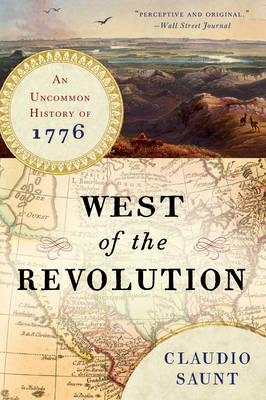American history gets all excited about 1776 without ever considering that for most of the continent the fight with the English wasn't the main news.
Alaska
The Russians were running the fur trade. I was interested in the description of the final destination for these furs in the trade capitals of central Mongolia. They moved all the way from Alaska to present day northern California.
California
The Spanish got all excited about the Russians being on the northern California coast. They were convinced that there was a river running from the interior of the continent to the Pacific because based on European geography there should be. If the Russians had the coast and could find where the river emptied then they could go upstream and control the interior. The Spanish didn't want that so they set out to explore everything and claim it for Spain.
Badlands
I was super skeptical of the claim that the Lakota "discovered" the Badlands in 1776. First of all, they have origin legends that involve the Badlands. Second, how did no one trip across this large area previously? Turns out there was skullduggery afoot. The Lakota moved west and pushed the people living in the Badlands out in 1776. They later claimed to have "discovered and settled" the area because "discovered and settled" was working well as an excuse for land grabs by white people. Good try. I respect the legal ploy but unfortunately white people are only too comfortable with double standards.
This section also covers other tribes in the middle of the continent. It gives background on the Osage tribe and their dealings with multiple European powers. That is great background to Killers of the Flower Moon.
I had never heard of the extensive trade between natives of Florida and people in Cuba either.
This book covers a lot in the short period of time. Because of that it felt like it was hitting highlights of some areas of history that aren't talked about much, but if you wanted to know a lot about something specific, you'd need to find another book. It leaves a lot of loose ends where you don't know what happened next.
I listened to the audiobook of this and I wasn't a fan. The narrator was pretty monotone. This is a book heavy with dates and names and I would mentally drift off as the narrator droned on.
Use this book as an introduction to this time in history but don't expect it to tell you the whole story.This review was originally posted on Based On A True Story
